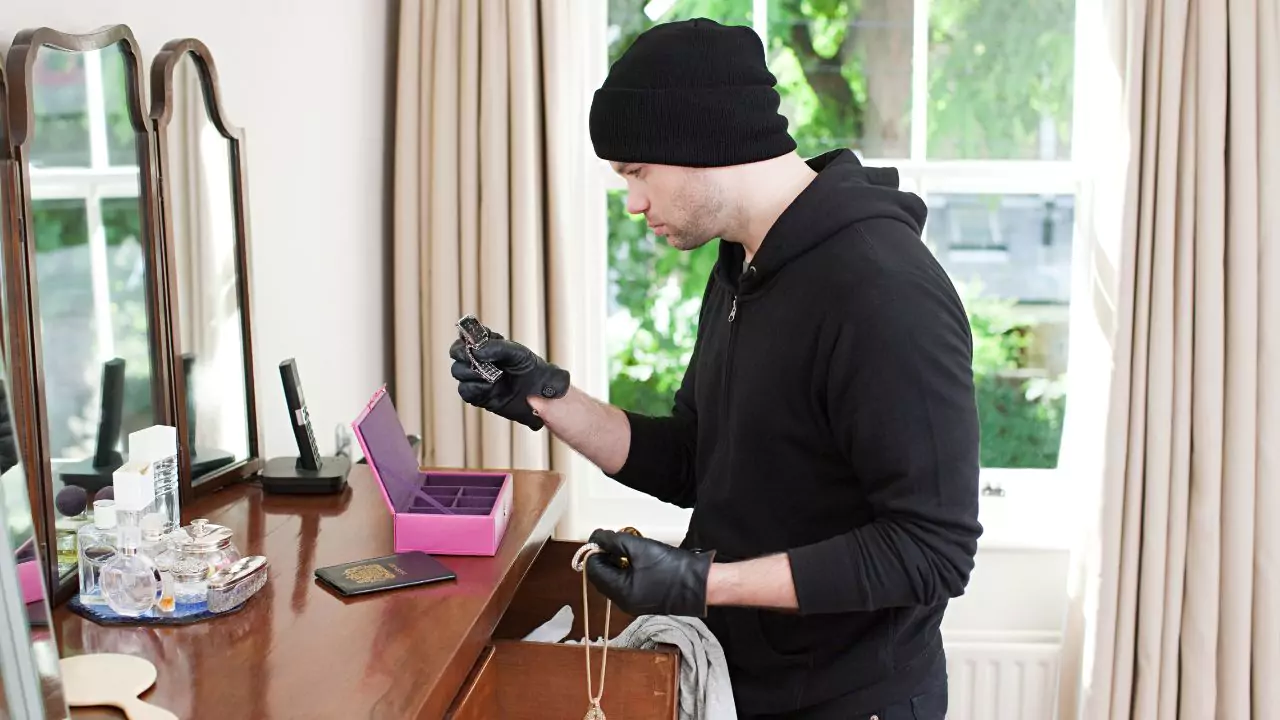Yes, house insurance or homeowners insurance can cover lost jewelry, but only up to a certain limit and under specific circumstances. If you have valuable or sentimental jewelry that you want to protect, you may need to increase your coverage or buy a separate policy. In this article, we will explain how homeowners insurance covers jewelry, how to increase your coverage, and what to do if you need to file a claim.
Understanding Homeowners Insurance Coverage for Jewelry
Homeowners insurance typically covers your personal property, including your jewelry, from certain perils or risks, such as fire, theft, vandalism, or storm damage. However, you need to know that there are certain restrictions and exceptions:
Coverage Limits
Most homeowners insurance policies have a sub-limit for jewelry, which means that there is a maximum amount that the insurer will pay for any jewelry loss or damage in a single claim. This sub-limit can vary depending on your policy, but it is usually around $1,000 to $2,000. This means that if you have jewelry worth more than that amount, you may not be fully reimbursed if it is lost or damaged.
Types of Jewelry Covered
Homeowners insurance generally covers any type of jewelry, such as rings, earrings, necklaces, bracelets, watches, or brooches. However, some policies may exclude certain items, such as antiques, collectibles, or rare gems. You should check your policy documents or contact your insurer to find out what types of jewelry are covered and what are not.
Named Perils
Homeowners insurance only covers jewelry from the perils that are listed in your policy, which are usually called named perils. These are the most common causes of loss or damage, such as fire, theft, vandalism, or storm damage. However, some perils may not be covered, such as accidental loss, misplacement, or wear and tear. For example, if you lose your ring while swimming or drop your necklace down the drain, your homeowner’s insurance may not cover it.
How to Increase Jewelry Coverage on Your Homeowners Insurance Policy?
If you have jewelry that is worth more than the sub-limit of your homeowner’s insurance policy, or you want to cover it from more perils, you have a few options to increase your coverage:
Raising Coverage Limits
You can ask your insurer to raise the sub-limit for jewelry on your policy, which will increase the maximum amount that they will pay for any jewelry loss or damage in a single claim. However, this may also increase your premium, which is the amount that you pay for your policy. You should compare the cost and benefit of raising your coverage limits before deciding.
Adding Endorsements or Riders
You can add an endorsement or a rider to your policy, which is an amendment that modifies or adds coverage for specific items or situations. For example, you can add a scheduled personal property endorsement, which allows you to list and insure your jewelry items individually, with their appraised value and description. This way, you can cover your jewelry for its full value and from more perils, such as accidental loss or misplacement. However, adding an endorsement or a rider may also increase your premium and may require you to provide proof of ownership and value, such as receipts or appraisals.
Consider Jewelry Insurance
You can buy a separate policy for your jewelry, which is called jewelry insurance. This is a type of specialty insurance that covers your jewelry for its full value and from almost any peril, such as accidental loss, misplacement, theft, damage, or mysterious disappearance. Jewellery insurance may offer more comprehensive and flexible coverage than homeowners insurance, but it may also be more expensive and may require you to provide proof of ownership and value, such as receipts or appraisals.
What to Do if You Need to File a Claim for Lost or Damaged Jewelry?
If you have a homeowners insurance policy that covers your jewelry and you need to file a claim for lost or damaged jewelry, you should follow these steps:
- Contact your insurance company: You should contact your insurer as soon as possible after the loss or damage occurs, and report the details of the incident. You should also ask them what documents or information they need from you to process your claim, such as a police report, proof of ownership, or proof of value.
- Provide proof of ownership: You should provide your insurer with proof that you own the jewelry that was lost or damaged, such as receipts, invoices, certificates, or photos. This will help them verify your claim and determine the amount of compensation that you are entitled to.
- Provide proof of value: You should provide your insurer with proof of the value of the jewelry that was lost or damaged, such as appraisals, valuations, or market prices. This will help them determine the amount of compensation that you are entitled to. If you have an endorsement or a rider that lists your jewelry items individually, you may not need to provide proof of value, as your insurer already has it on file.
- Consider a police report: If your jewelry was lost or damaged due to theft, vandalism, or other criminal activity, you should file a police report and obtain a copy of it. This will help your insurer verify your claim and may also help you recover your jewelry if it is found. However, filing a police report may not be necessary if your jewelry was lost or damaged due to other perils, such as fire, storm, or accidental loss.





